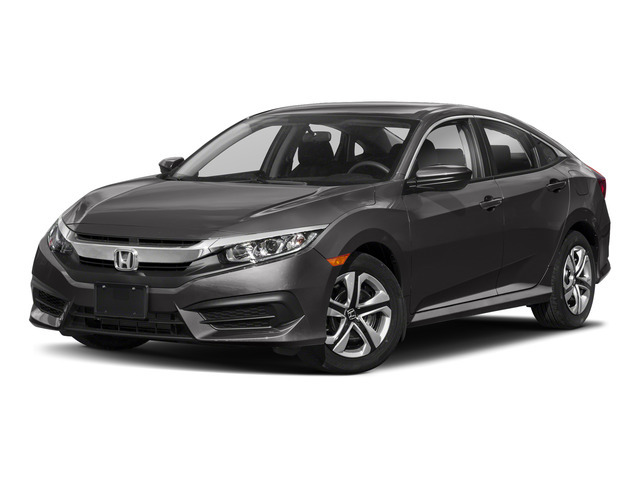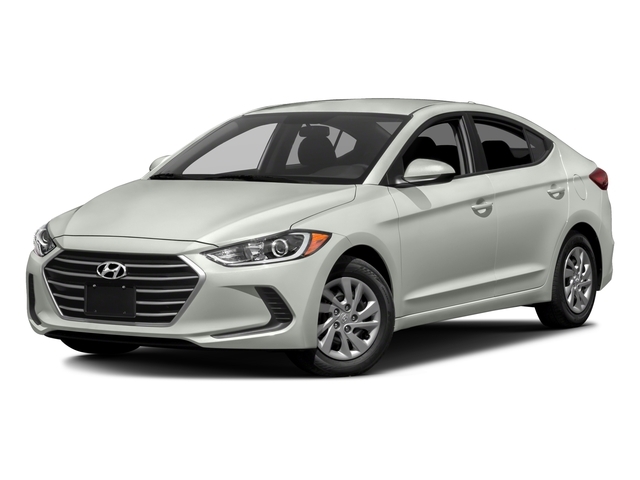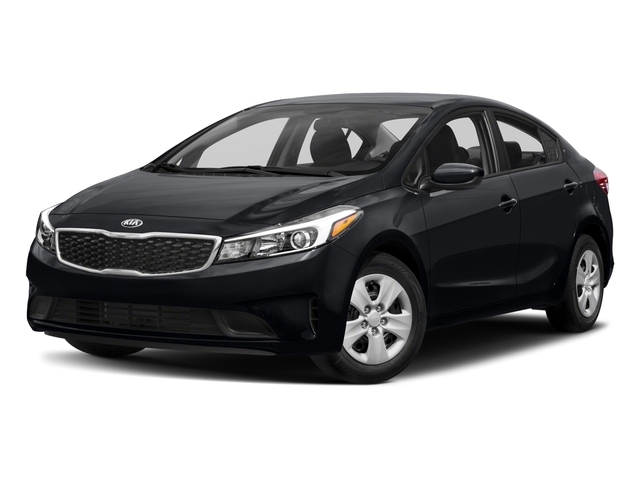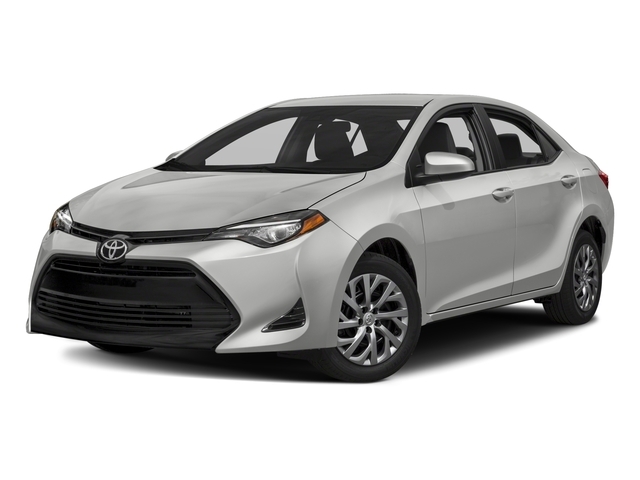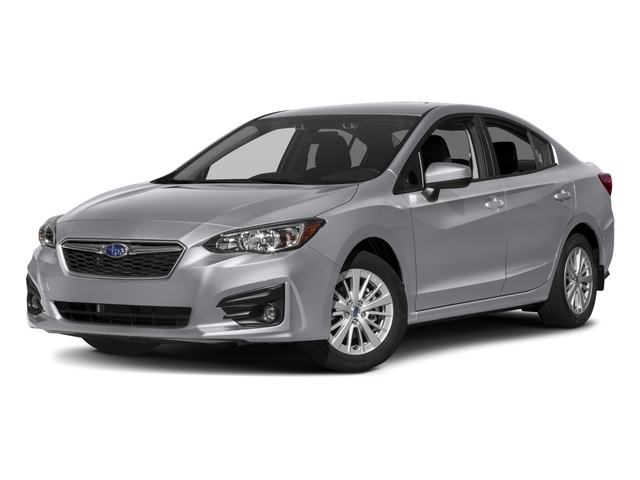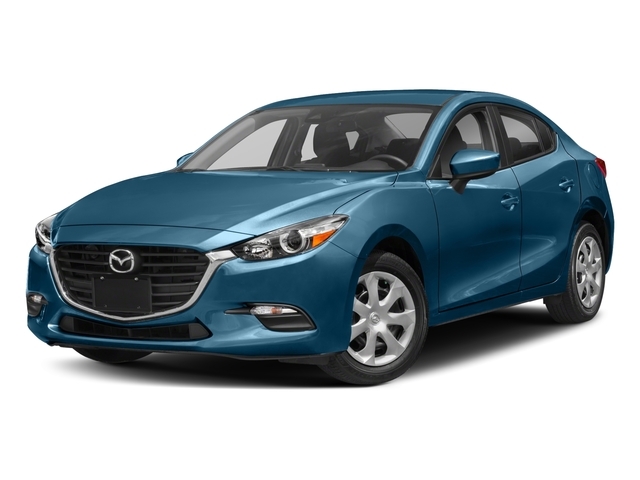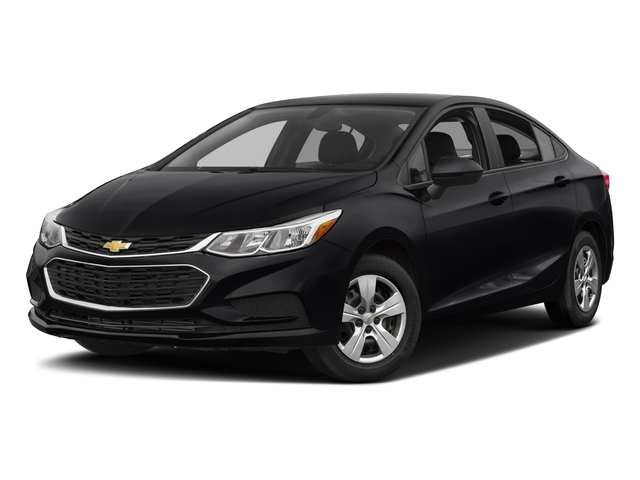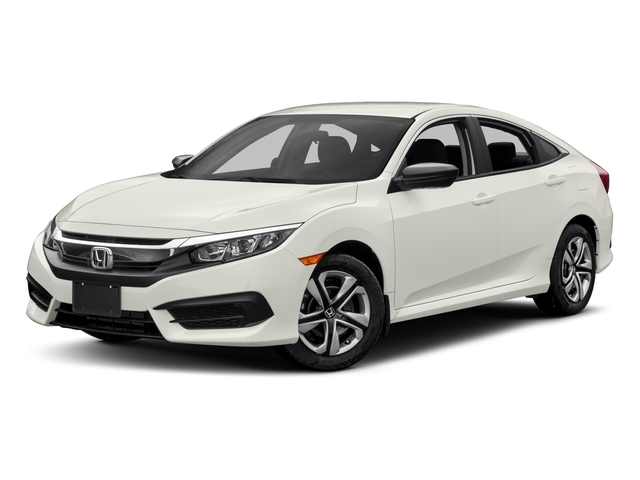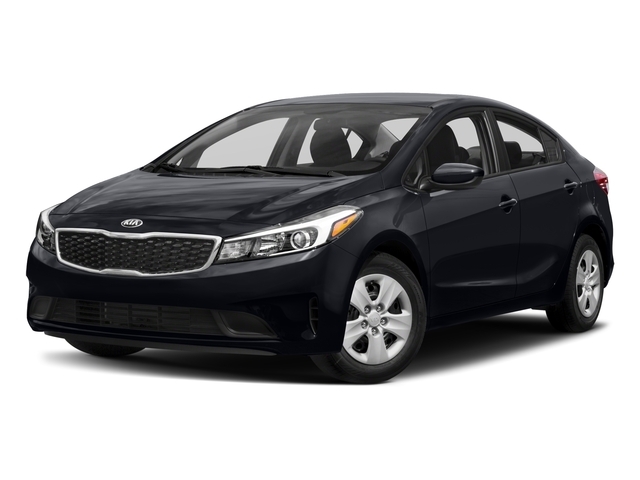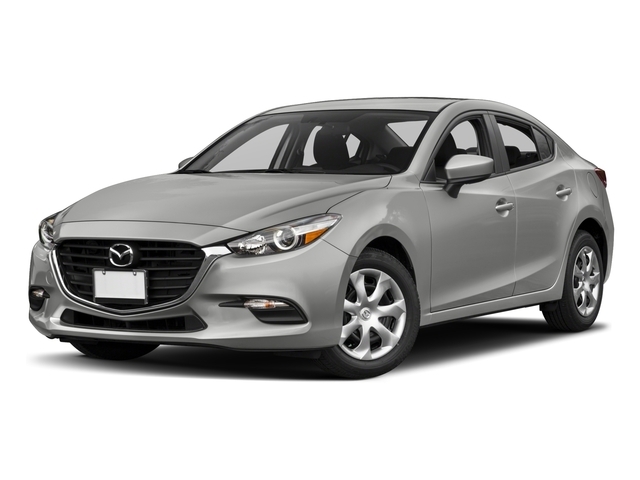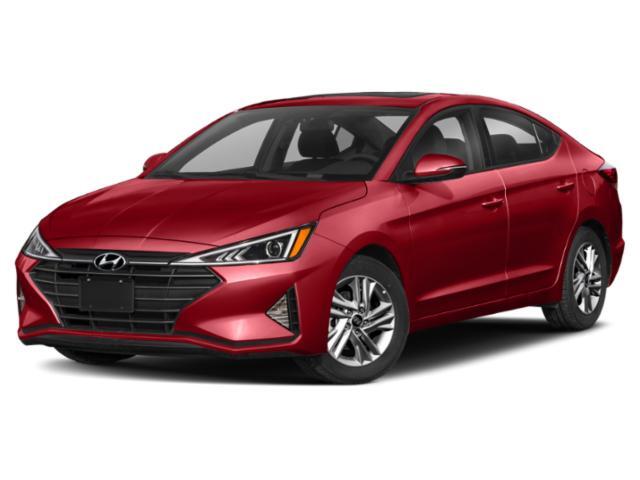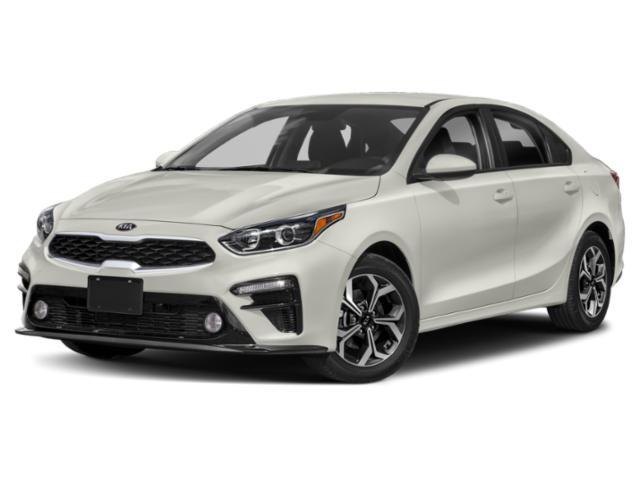
2018 Nissan Sentra

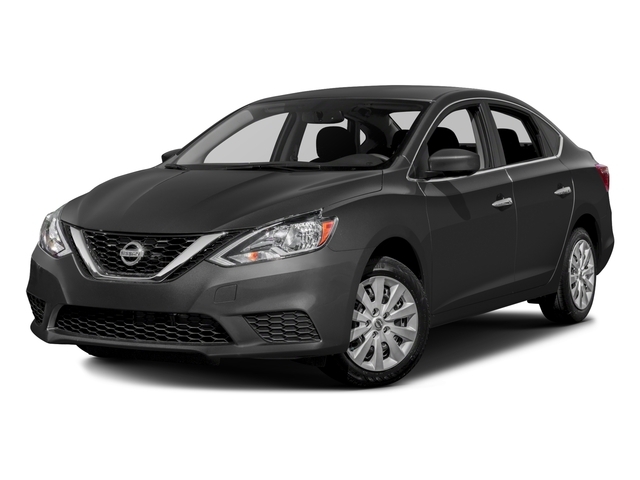
Key Specifications for 2018 Nissan Sentra






Buyer’s Guide
Last year was a big one for the Nissan Sentra, a pretty plain compact car that gained a pair of performance-themed variants in SR Turbo and NISMO trims. Changes for 2018 are less groundbreaking, but still significant as the Sentra gains standard automatic emergency braking across the range (in all cars with an automatic transmission, save for the NISMO) along with a backup camera that allows the Sentra to meet a new Canadian safety regulation requiring that feature in all new cars sold here starting in May 2018.
Other updates include the addition of dual-zone automatic climate control in SV trim and radar cruise control in SR (non-turbo) and SL grades; the SL model also gains standard features formerly optional as part of a premium technology package.
The Sentra's fundamentals remain the same. An entry-level S trim uses a 1.8L four-cylinder engine that makes a modest 130 hp and 128 lb-ft of torque and comes hitched to a six-speed manual transmission that can be optioned to a continuously variable automatic (CVT). The CVT is part of the standard package in SV, SR and SL trims, where it's matched with a slightly less potent engine making 124 hp and 125 lb-ft.
Standing apart from the pack are the SR Turbo and NISMO variants, powered by a 1.6L turbo four-cylinder that makes a more impressive 188 hp and 177 lb-ft. Both of those versions get a six-speed stick as standard, which can be optioned to the CVT. These cars are differentiated by their chassis setups: the NISMO gets a more aggressively tuned suspension to take it a bit closer to true sport sedan status.
The turbo engine is a welcome addition to a car that has long been among the least-interesting in the compact class, at least for enthusiastic drivers. Much as we love driving a manual transmission, the CVT is a better match with the 1.8L in non-turbo cars, and we expect the 1.6L turbo is as good a match with the CVT here as it was in the Juke crossover.
Aside from the addition of optional turbo power, the Sentra's most notable feature is its roomy interior, particularly in back, where passengers are treated to the kind of legroom more common in more expensive mid-size cars. That makes the Sentra rare as an inexpensive sedan that could conceivably accommodate a pair of child seats in back without forcing mom and dad to drive with their knees in the dash.
Every Sentra comes with keyless entry, cruise control, backup camera, automatic emergency braking, Bluetooth, USB input and tire pressure monitoring. Air conditioning is an option only in the S trim, where it comes bundled with the automatic transmission.
SV trim brings heated front seats, larger infotainment touchscreen, dual-zone automatic climate control, Siri Eyes Free and a 5.0-inch cluster display. Stuff like 17-inch wheels, rear disc brakes, LED headlights, leather seating and navigation are available as options.
The most efficient Sentra is a 1.8L model with the CVT, whose fuel consumption estimates are 8.1/6.3 L/100 km (city/highway). Turbo models are rated 8.9/7.3 with the CVT and 9.1/7.3 with the six-speed and NISMO cars' estimates are 9.4/7.8 with the CVT and 9.5/7.6 with the stickshift.
Review & Compare:
Photos

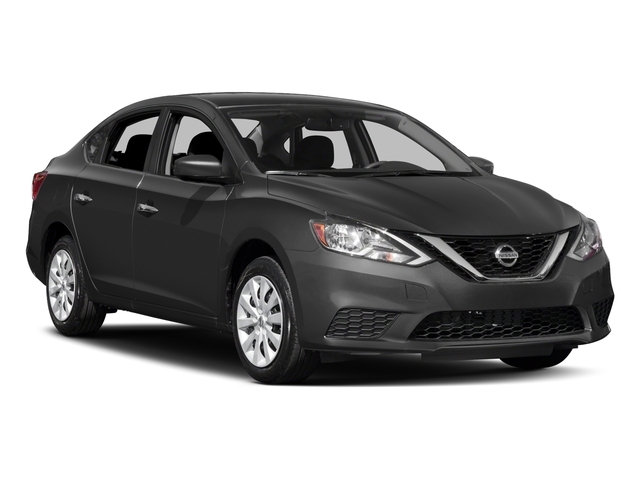
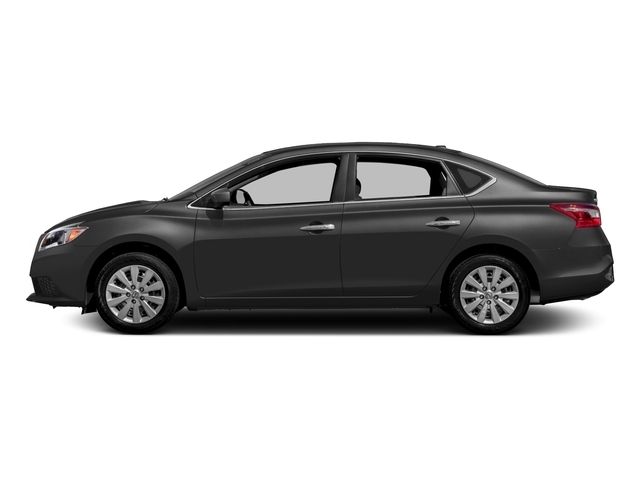
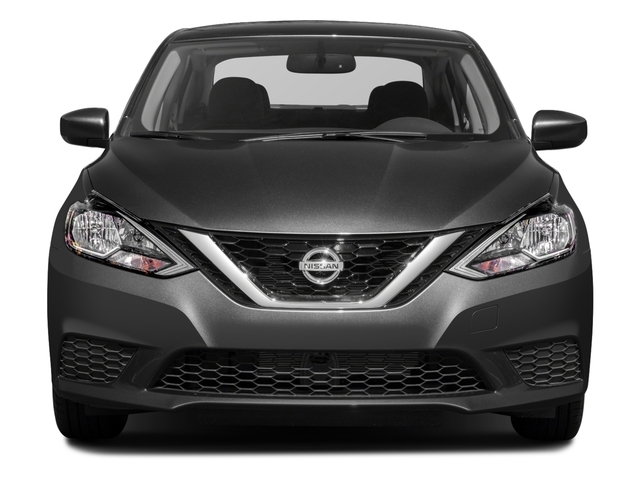
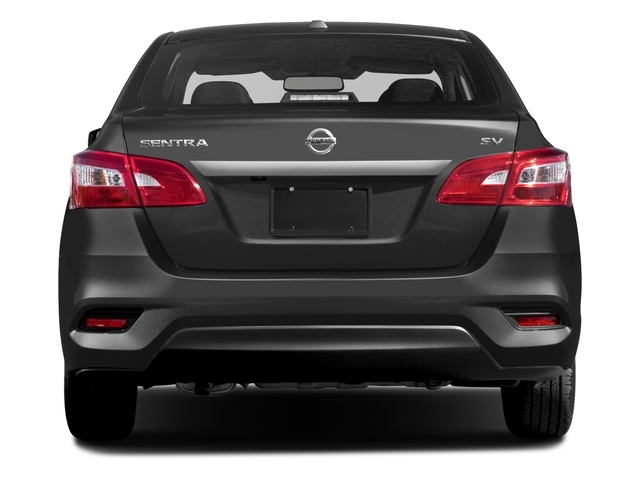
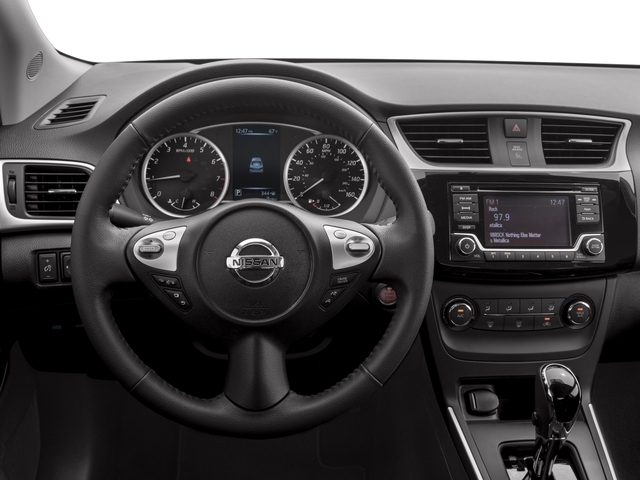
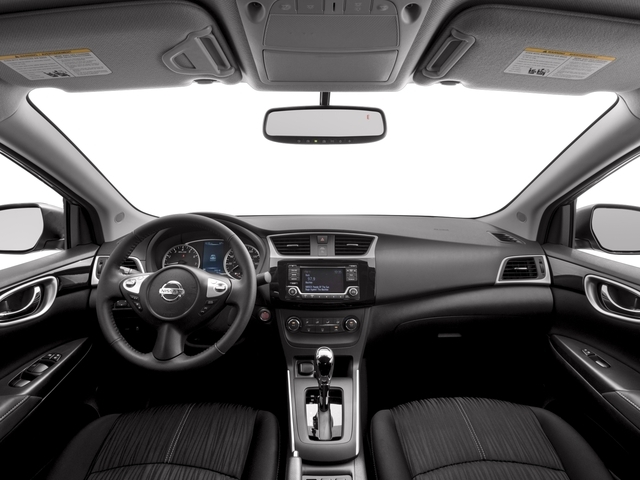
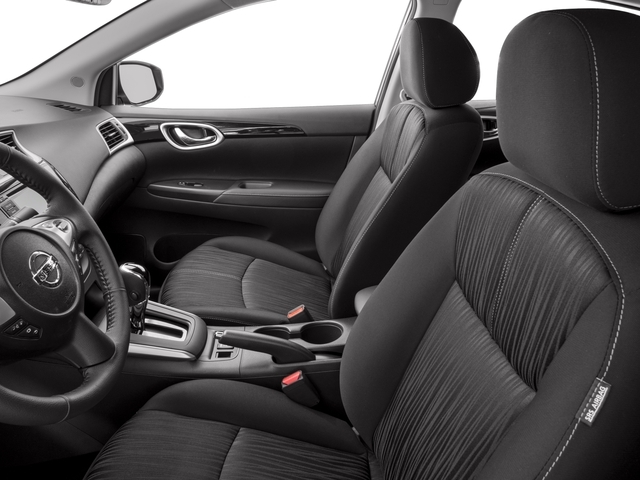
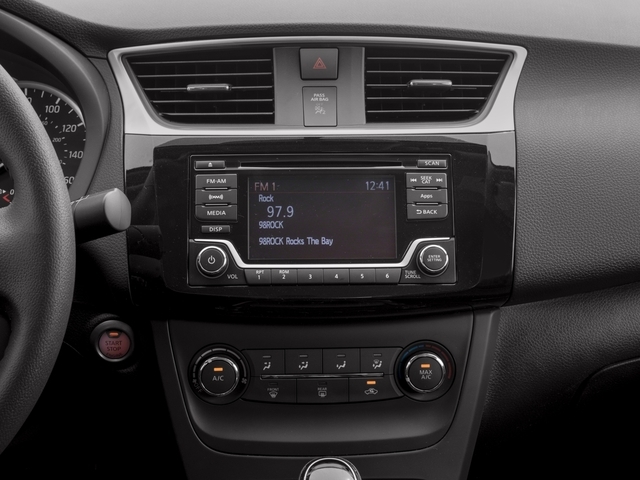
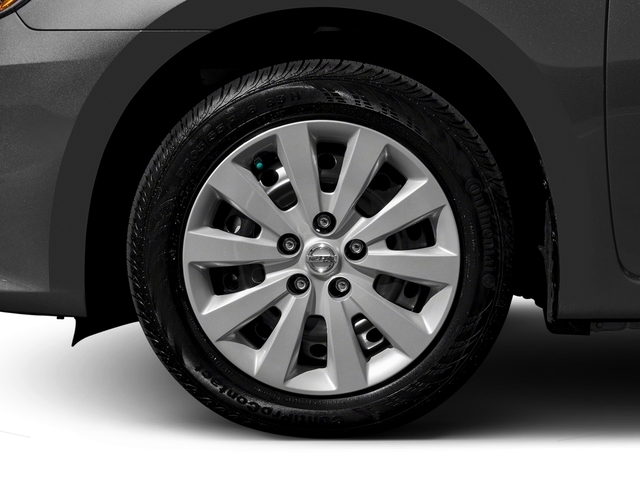
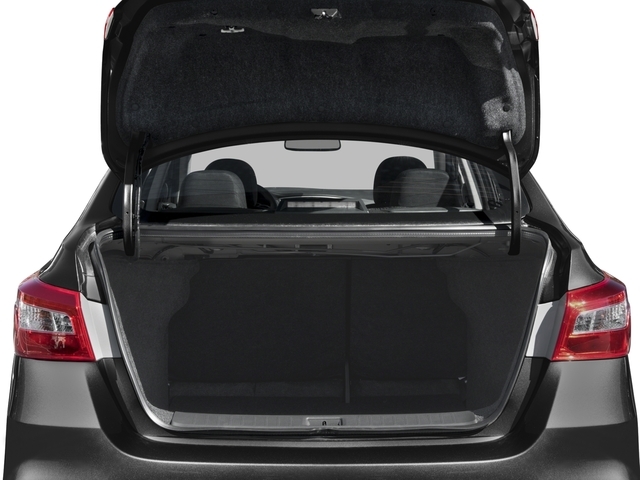
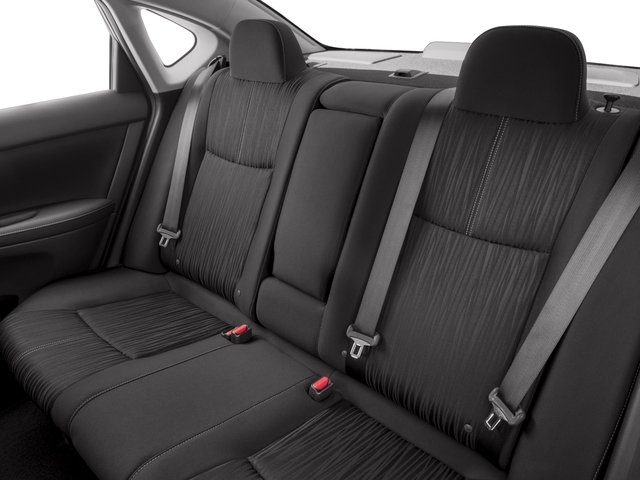
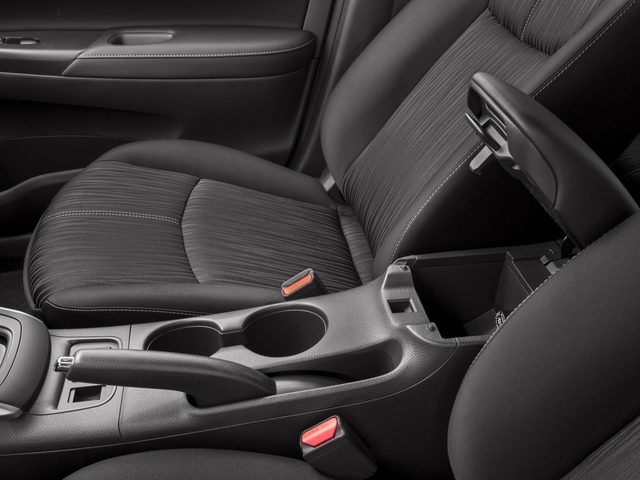
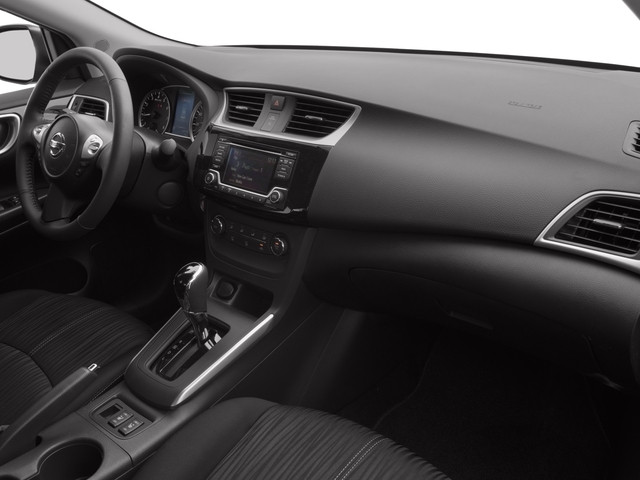
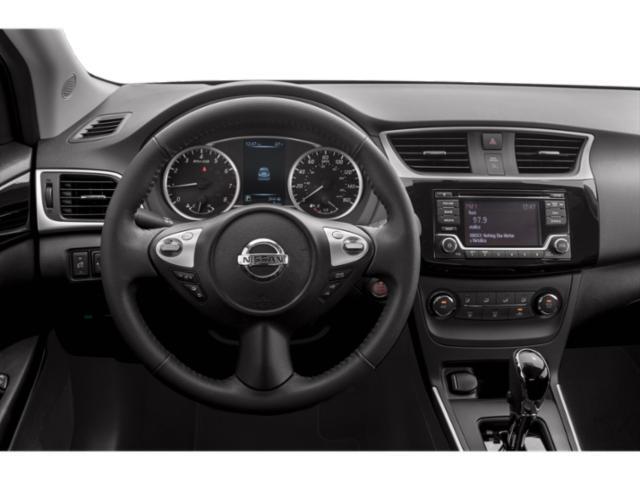
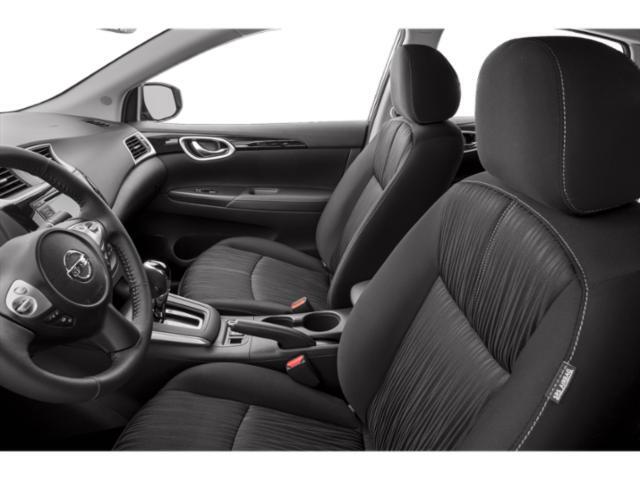
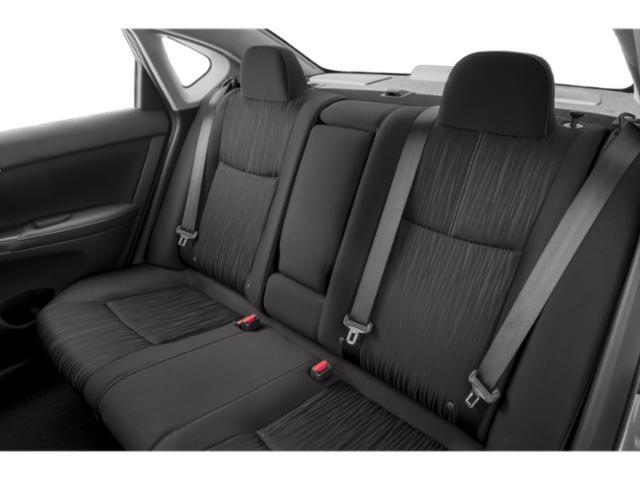
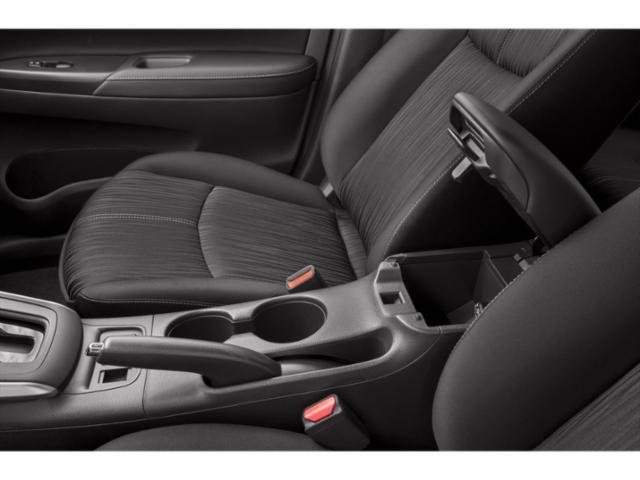
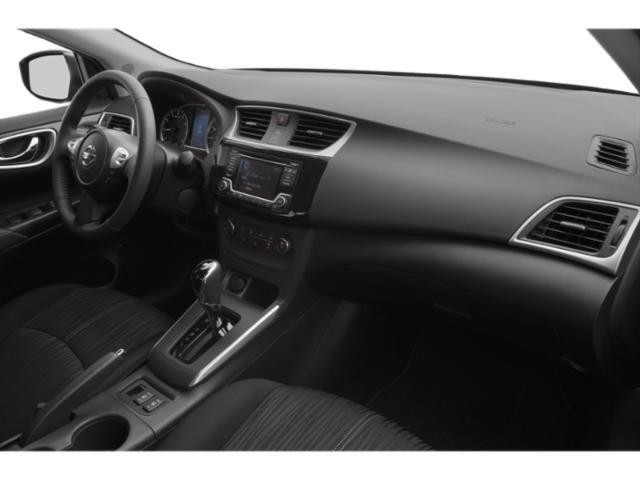
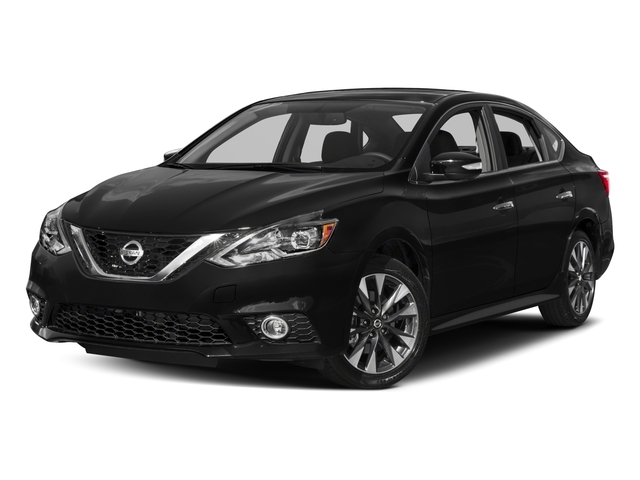
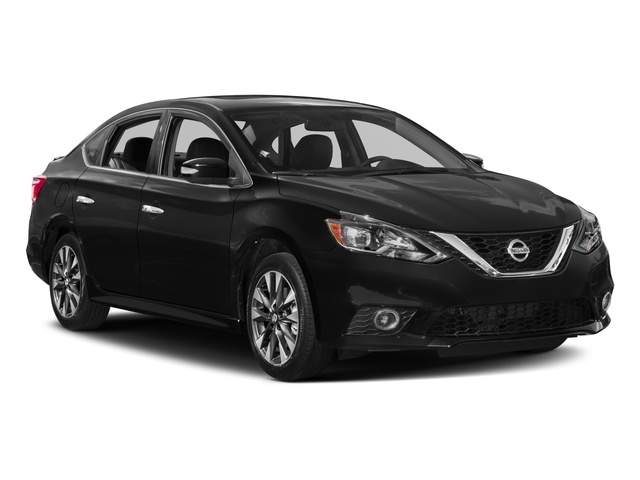
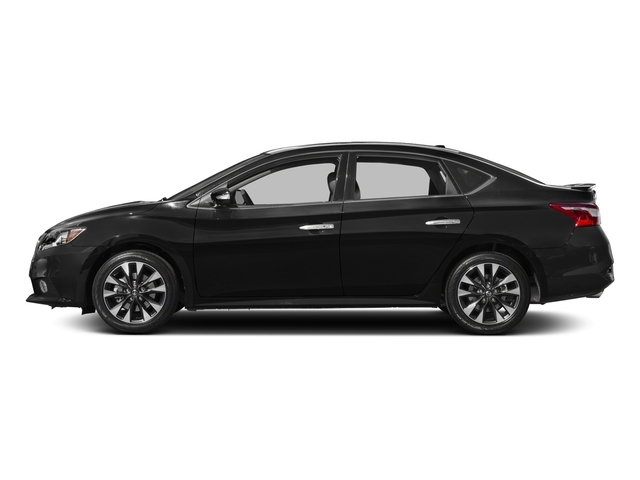
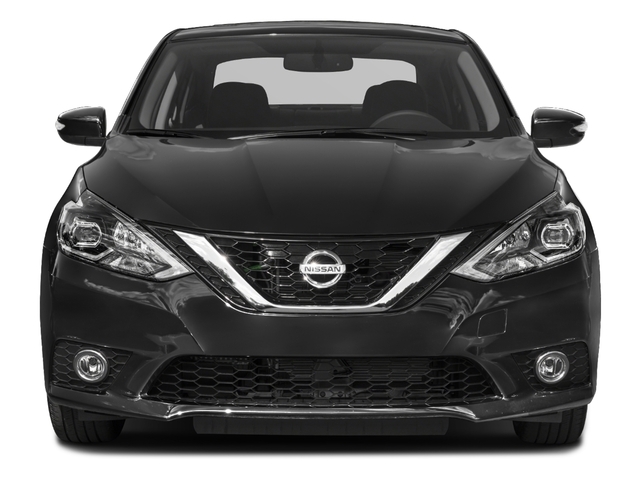
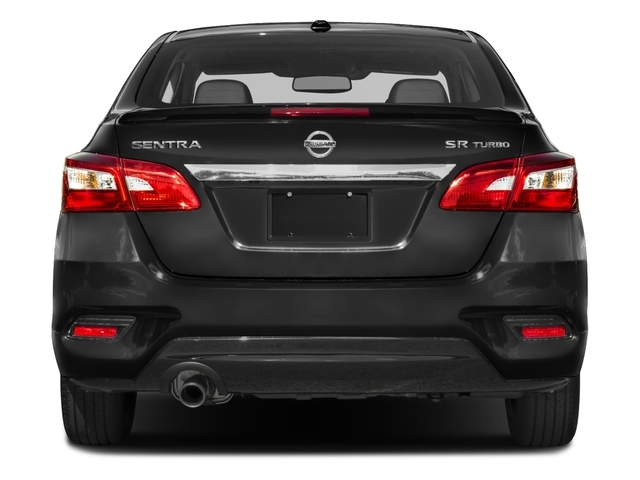
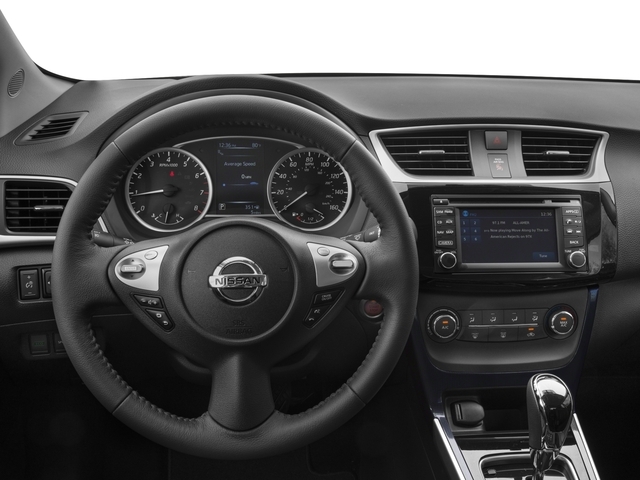

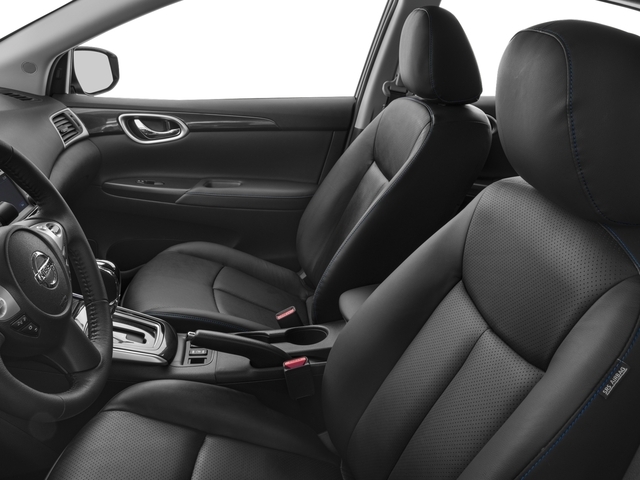
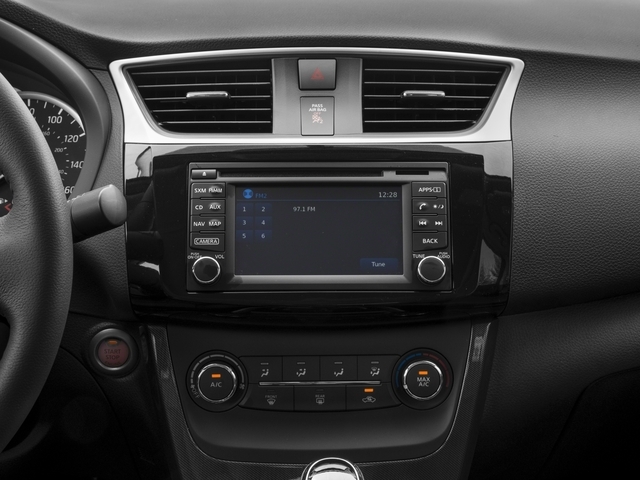
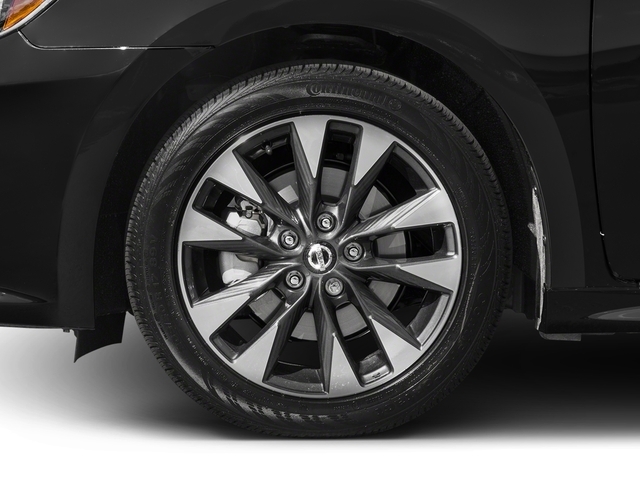
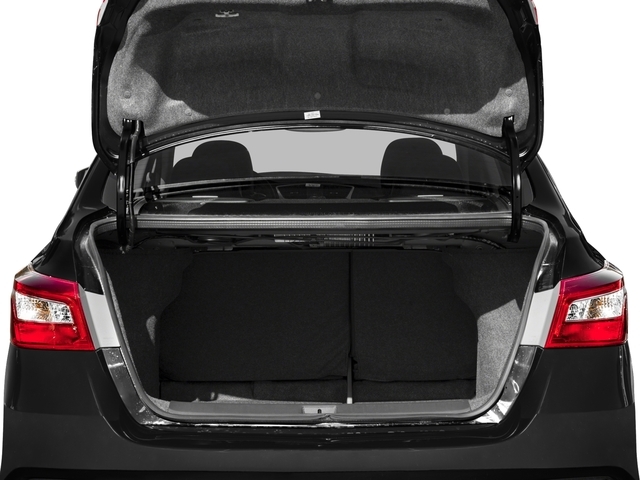
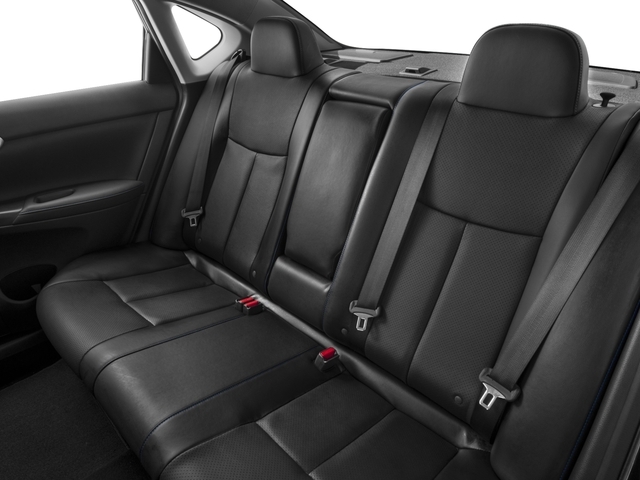
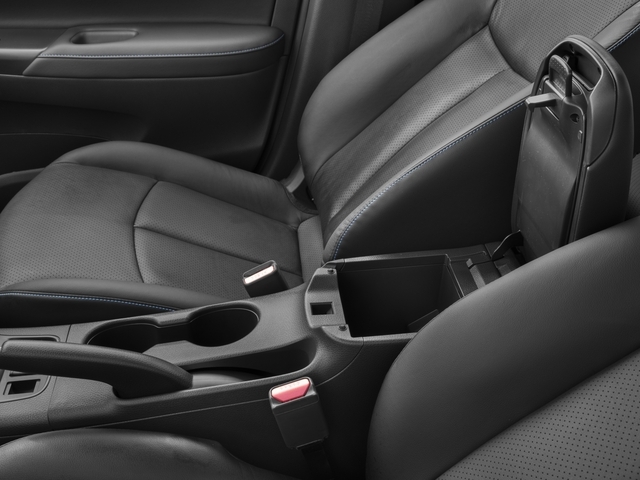

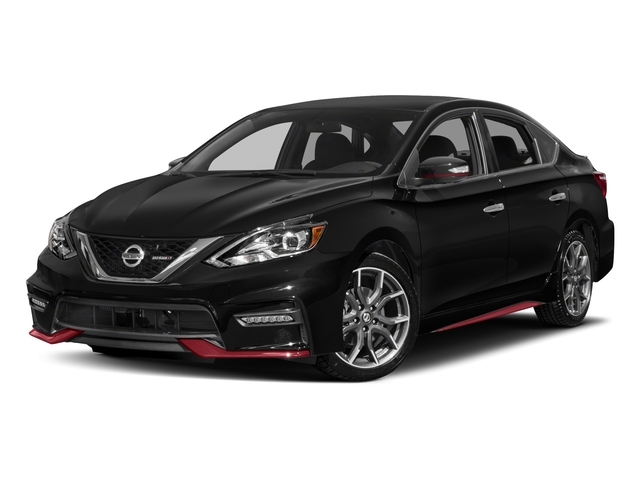
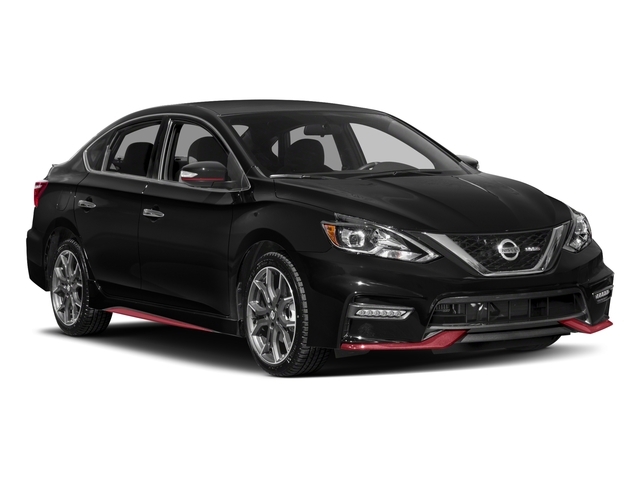
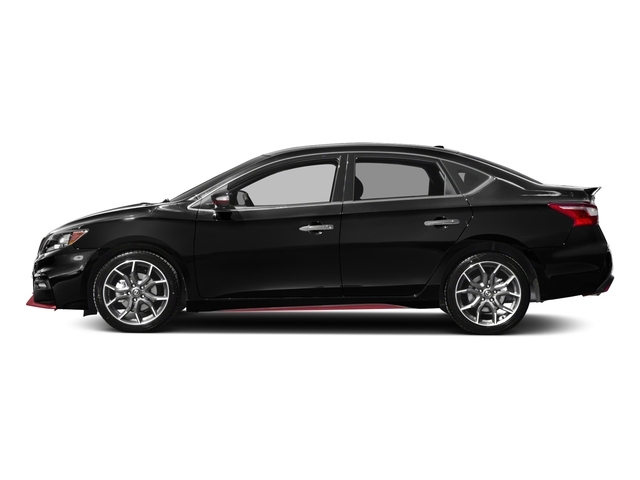
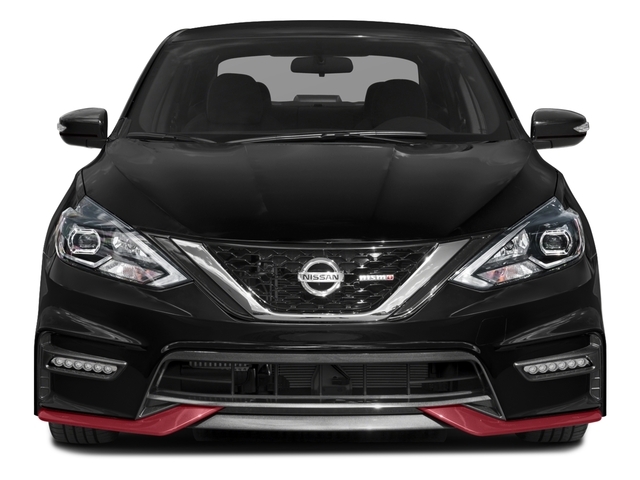
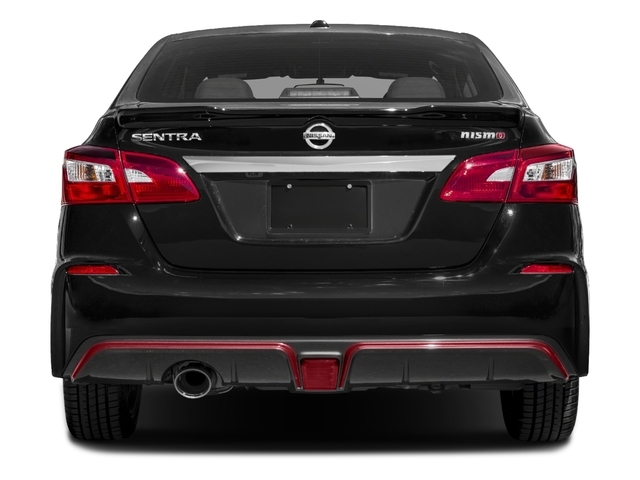
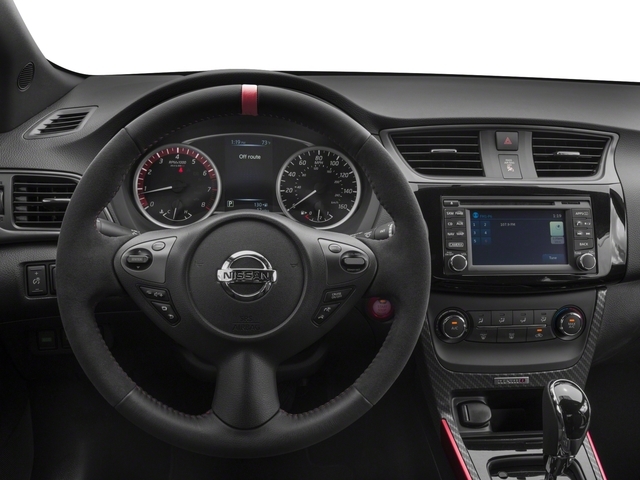
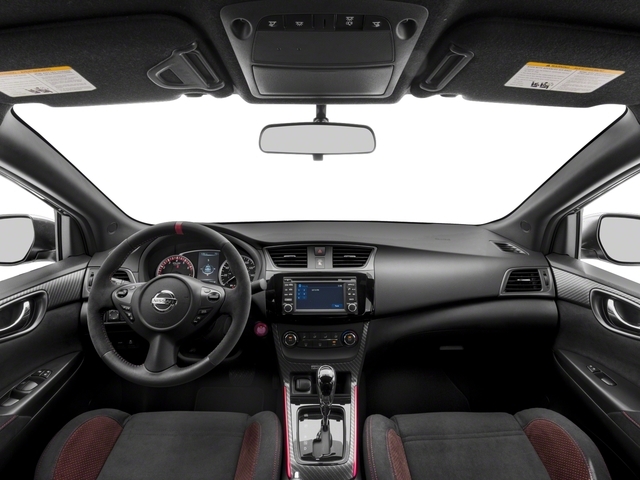
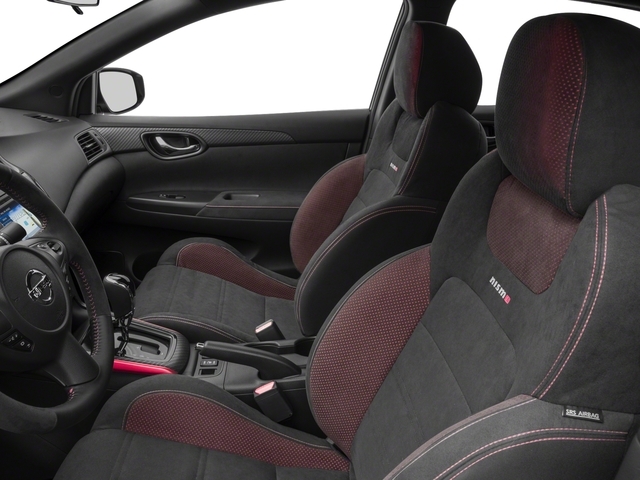
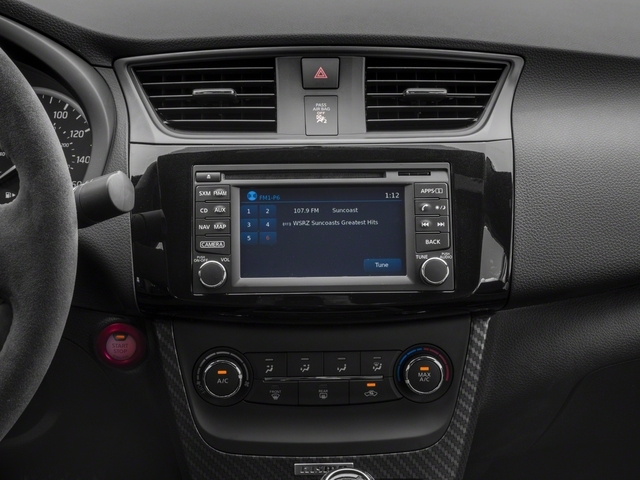
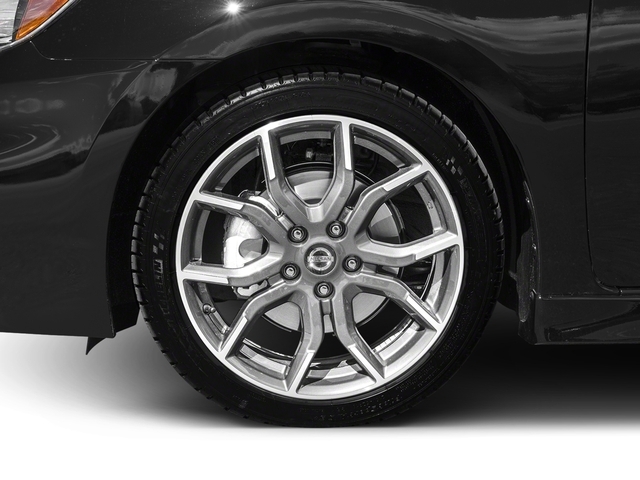
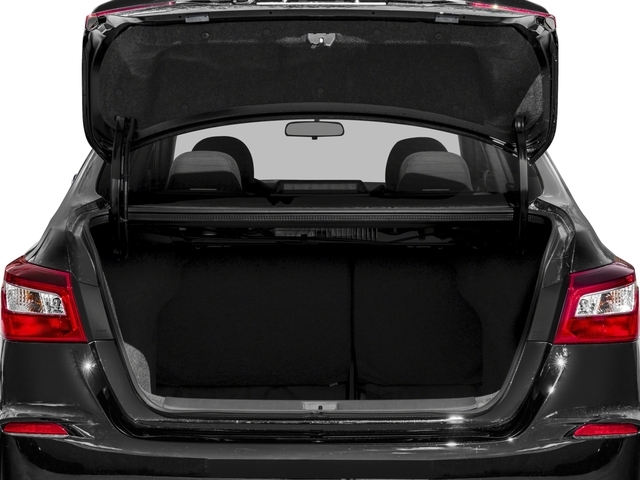
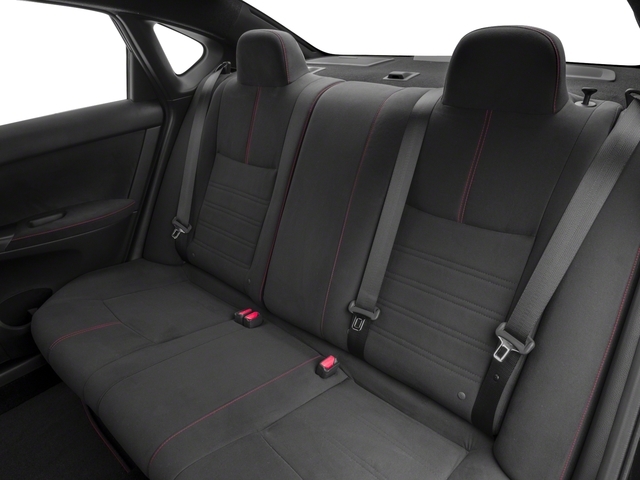
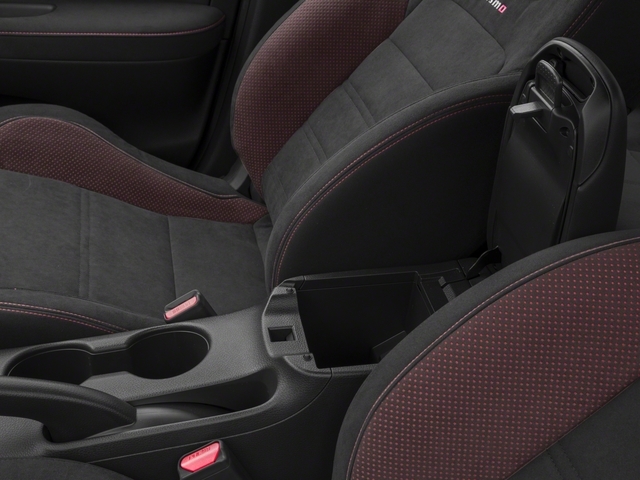
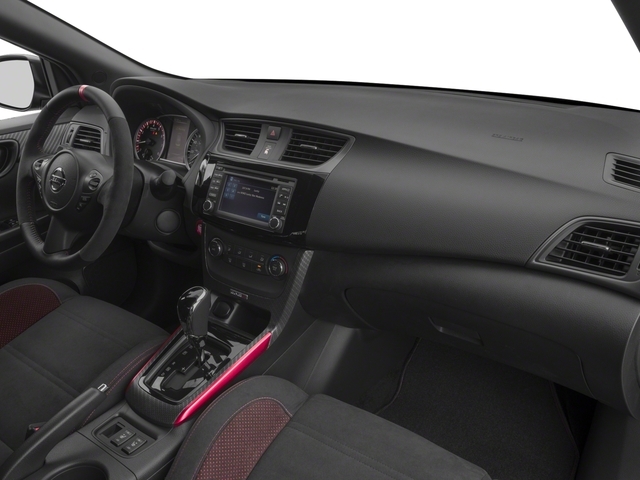
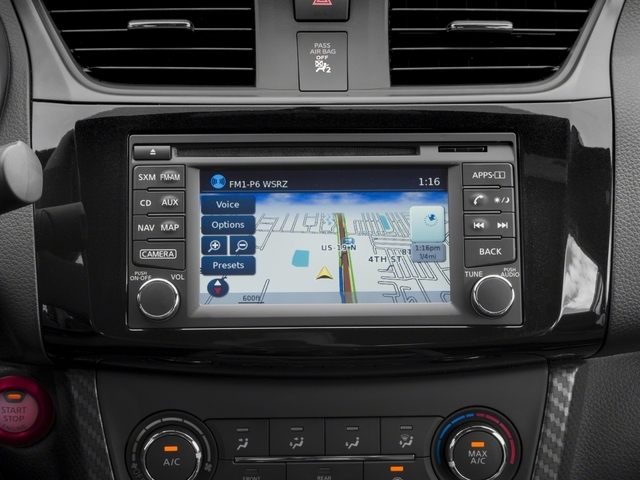
















































AutoTrader Review











